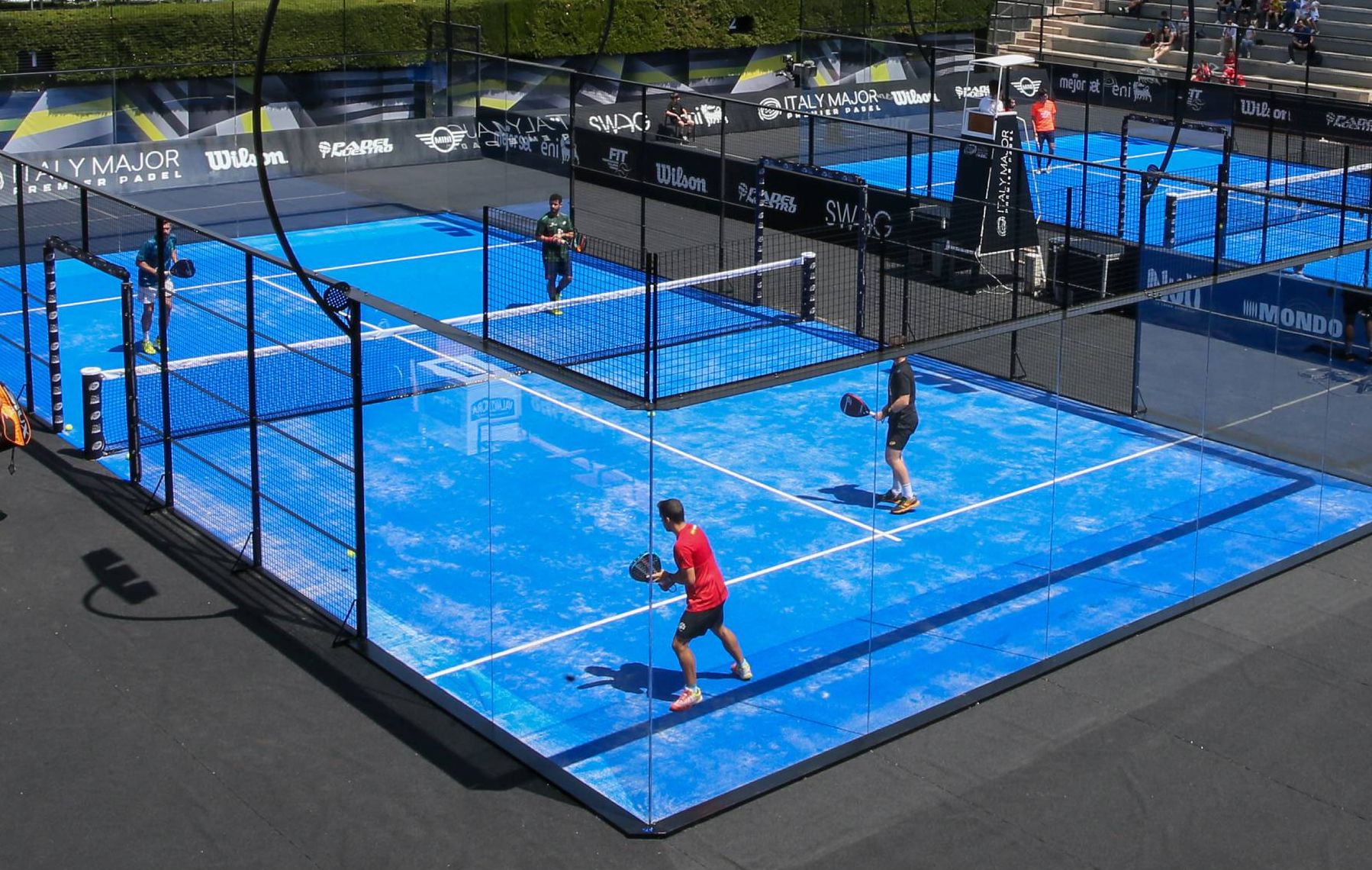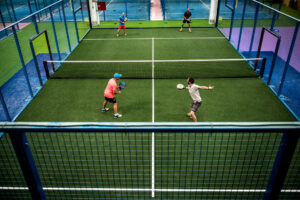
PADEL TENNIS AND ACHILLES INJURIES
Padel Tennis and Achilles Injuries: What You Need to Know
As a foot and ankle surgeon, I’ve noticed an increasing number of patients coming in with sports-related injuries, particularly those associated with racquet sports. One sport that has been gaining popularity rapidly is padel tennis. While this exciting hybrid of tennis and squash offers a great workout and social experience, it’s important to be aware of the potential risks to your feet and ankles, especially when it comes to Achilles tendon injuries.
What is Padel Tennis?
Padel tennis, often simply called padel, is a racquet sport that combines elements of tennis and squash. It’s typically played in doubles on an enclosed court about one-third the size of a tennis court. The sport originated in Mexico and has become extremely popular in Spain and other parts of Europe. Now, it’s making waves across the globe, including here in the UK and Ireland.

The Rise of Padel and Injury Concerns
With the rapid growth of padel, we’re seeing a corresponding increase in sports-related injuries associated with the game. As a foot and ankle specialist, I’m particularly concerned about the impact on the Achilles tendon, a crucial structure that connects the calf muscles to the heel bone. Here in the clinic, we are seeing an increasing number of patients present with problems attributable to the sport.
Achilles Injuries in Padel: What the Research Says
While there isn’t yet conclusive evidence of an increase in Achilles injuries specifically due to padel, several studies have highlighted that Achilles tendon injuries are common among padel players. Let’s break down what we know:
- Injury Location: A study of Italian padel players found that the lower leg/Achilles tendon was the most common injury location, accounting for 17.1% of all injuries reported.
- Common Issues: Achilles tendinitis is frequently mentioned as a common problem in padel. This inflammation of the Achilles tendon is often caused by the frequent jumping and sudden changes in pace that are characteristic of the sport.
- Types of Injuries: Achilles tendon tendinopathy (a degenerative condition of the tendon) is listed as one of the most frequent tendinopathies in padel players, alongside lateral epicondyle tendinopathy (tennis elbow) and plantar fasciitis.
Understanding the Risk
The dynamic nature of padel puts significant stress on the lower extremities, particularly the Achilles tendon. The sport involves:
- Quick starts and stops
- Rapid direction changes
- Frequent jumping
- Explosive movements
All of these actions can strain the Achilles tendon, especially if players aren’t properly conditioned or don’t use appropriate techniques. Padel is increasing in popularity amongst older players of 40+. This in itself contributes to the ‘weekend warrior’ phenomenon, often seen in other sports.

Injury Rates in Padel
While not specific to Achilles injuries, the overall injury rates in padel are noteworthy:
- 3 injuries per 1000 hours of padel training
- 8 injuries per 1000 matches of padel practice
- An overall injury prevalence range of 40%-95%
These statistics underscore the importance of proper preparation, technique, and protective measures when engaging in this sport.
Preventing Achilles Injuries in Padel
As a foot and ankle surgeon, I always emphasize prevention. Here are some tips to help protect your Achilles tendon while enjoying padel:
- Warm-up properly: Always start with a thorough warm-up to increase blood flow to your muscles and tendons.
- Strengthen your calf muscles: Strong calf muscles can help support your Achilles tendon. Include calf raises in your fitness routine.
- Improve flexibility: Regular stretching can help maintain flexibility in your Achilles tendon and calf muscles.
- Use proper footwear: Wear shoes that provide good support and cushioning, specifically designed for court sports.
- Gradually increase intensity: If you’re new to padel or returning after a break, gradually increase the intensity and duration of your play.
- Listen to your body: If you feel pain in your Achilles area, stop playing and rest. Continuing to play through pain can lead to more serious injuries.
When to Seek Medical Attention
While minor aches and pains are common in any sport, certain symptoms warrant immediate medical attention:
- Sudden, sharp pain in the back of your ankle or calf
- A popping or snapping sensation in your Achilles area
- Difficulty walking or bearing weight on your affected leg
- Significant swelling or bruising around your Achilles tendon
If you experience any of these symptoms, it’s crucial to consult with a foot and ankle specialist promptly. Contact the clinic and we will assess your foot and ankle health and general fitness, advising of any treatments that may be required to get you back on your feet and on top of your game.
Conclusion
Padel tennis is an exciting and engaging sport that offers numerous health benefits. However, like any physical activity, it comes with the risk of injury, particularly to the Achilles tendon. By understanding these risks and taking appropriate preventive measures, you can enjoy the game while minimising your chance of injury. As we continue to see the popularity of padel grow, more research will likely emerge about its specific impact on foot and ankle health. In the meantime, listen to your body, practice good technique, and don’t hesitate to contact the clinic if you have concerns about your Achilles tendon or any other foot and ankle issues. Remember, staying informed and proactive about your foot and ankle health is key to maintaining an active, pain-free lifestyle – whether you’re on the padel court or anywhere else.


